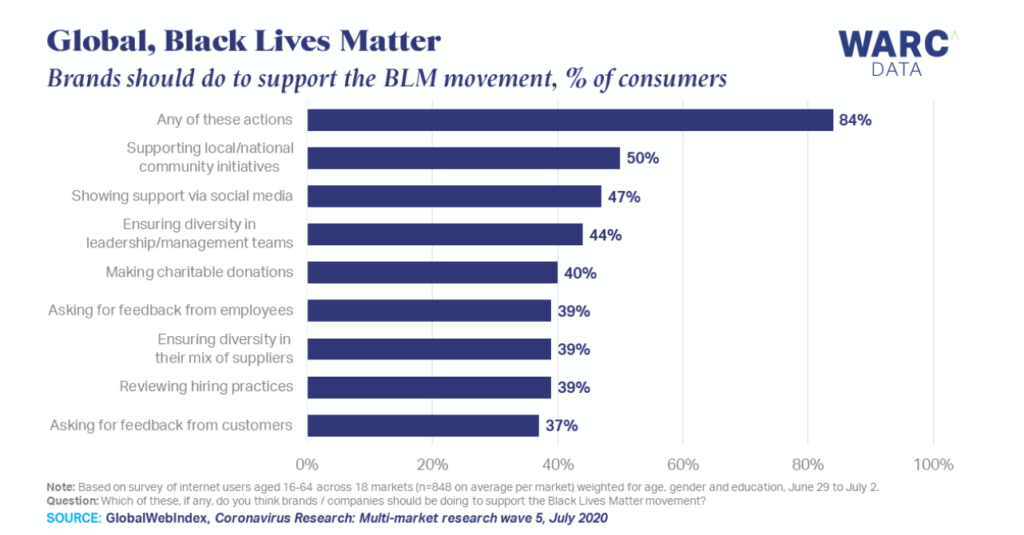The COVID-19 pandemic has changed a lot about buyer behavior, from online ordering to contactless payments and so much more. The world looks different now, and many of those changes will stick even after the virus fades.
Many of the changes made have been in the works for years, but without a pressing reason to widely adopt or even use them regularly, some of the technology we rely on so heavily today may have languished forever.
Instead, QR codes have made a considerable resurgence at restaurants, where diners can view menus on their mobile devices instead of handling menus. Uber Eats and other restaurant delivery services have seen demand soar. Meal kits and grocery delivery apps are booming as consumers seek more ways to stay home while ordering the food they need. Most, if not all, of these changes are sure to remain in place and even continue to evolve even further.
The same is true for marketing strategies. Many of the tactics used before COVID-19 were beginning to find a footing as consumers prioritized their importance. Now that we’re months into the pandemic, those strategies have taken hold and helped brands not just maintain their bottom line but often increase it.
Which of those marketing tactics can we expect to see long after the coronavirus is gone?
Purposeful Marketing
Brands throwing their weight behind specific causes was nothing new before 2020, but the act didn’t quite have the gravity it does now. And, while 90% of consumers expect brands to put their employees and suppliers’ safety first, it’s not all about the virus.

This year saw hundreds of brands take a stand for racial equality, diversity, and inclusion, as well as new “green” practices and sustainability. Social responsibility is something many consumers now expect their favorite brands to adopt, and beyond 2020 this will become even more commonplace.
Ecommerce Marketing
With many shoppers still uncomfortable going into stores due to COVID concerns, it makes sense that ecommerce shopping has significantly increased in 2020. Compared to $266.84 billion spent online in the first six months of 2019, the first half of 2020 saw online sales skyrocket to $347.26 billion.
Ecommerce requires specific digital marketing strategies to achieve the best results, some of which have been in use for quite a while, including SEO, product reviews, content marketing, social media marketing, and influencer marketing.
This won’t be enough as we move into 2021, however. The trend toward ecommerce will continue to grow, even as consumers begin to feel safe again in stores. Some of those tactics will include “buy” buttons on social media posts, more detailed Google shopping information, apps with push notifications, better email marketing, Amazon advertising, increased payment options, and a more streamlined landing page experience.
Marketers need to continue adopting ecommerce marketing tactics and innovations to maintain their competitive edge.
Empathy and Customer Experience
Big Data was the name of the game for years, as more and more companies relied on numbers to learn what their customers wanted. The pandemic changed that as the convenience consumers thought they wanted made possible through that gathered information now seemed cold and impersonal.
In the face of the world-wide virus, consumers began communicating that what they want is comfort and understanding from the brands they’ve come to trust. Though supportive messages like “we’re all in this together” worked for a while, in the future it won’t be enough. Consumers will expect brands to walk their talk to earn their loyalty and hard-earned money.
In response, brands have stepped up their personalized marketing strategies, from AI programs that help them solve consumer problems as quickly as possible, to personal shopping sessions, both in-store and online. Consumers will continue to gravitate to this individual attention, and marketers should make sure that personalized marketing strategies are here for 2021 and beyond.


